
 | Tony Apotsos |
 | Listing details are not guaranteed and should be independently verified. |
$625,000
3852278
6997
0.26
2.0
13076
1962
Sold
•Commercial •Waterfront2510 Elm Street!!!
Downtown Flats Location overlooking the River, Scenic bridges and dramatic Downtown Cleveland views. 2510 Elm Street offers approximately 7,000s/f; Cinder-Block Construction with secure entry and EZ access location. Former Night-Club closed since 2008. Paved asphalt parking lot for 75+ cars installed by current owner on leased land from Norfolk-Southern. 12-15 Car parking on subject property. Patio overlooks the Cuyahoga River with dock space. Newer Torch-Down Roof from 2009 and Newer Stainless-Steel Canopy entrance. Interior and exterior will require cosmetic enhancements, while Location and Views make 2510 Elm Street one of the most desirable opportunities in Cleveland. LIQUOR PERMIT is up-to-date as of 10-1-16; pending assumption through Franklin courts in Columbus. Stellar Opportunity in a Championship City! Contact Tony Apotsos today @ (216) 408-2300 or Tony@RealtyForMe.com
History of The Flats
The Flats - In 1796, Moses Cleaveland and his survey party landed on the banks of the Cuyahoga upon their arrival from Connecticut. Early settlers included Lorenzo Carter, whose land holdings included much of what makes up today's East Bank entertainment district, including Whiskey Island, which was created when the mouth of the river was straightened by the Corps of Engineers. A log cabin on Merwin Road near Center Street on the East Bank is a recreation of Carter's house, which was further upstream.
Early residents found the Flats inhospitable, with humid summers that brought airborne illness and harsh winters with strong winds and snowfall off Lake Erie. Many took to higher ground in current-day Downtown. These settlers often relied on local Native American residents who lived on the West Bank and were more adept at living in the area.
Cleveland developed slowly until the arrival of the Ohio and Erie Canal, which brought a trade route from the Ohio River and other southern Ohio cities. The heavily Irish immigrant workforce that built the canal took residence on the West Bank of the Flats and neighboring Ohio City.
Ohio City's rise, fueled by the produce that flowed from Medina County farms along U.S. 42 to the West Side Market, was soon viewed as a threat to Cleveland's development.[citation needed] In response, Cleveland destroyed its half of a floating bridge at Main Street (located near the Cleveland Memorial Shoreway crossing) which was the sole river crossing. Cleveland then built a new bridge further downstream which connected Cleveland Mayor John W. Willey and developer/friend Jas Clark's "Willeyville" and "Cleveland Centre" developments along the newly constructed Columbus Road. The new bridge diverted the produce trade from the West Side Market to the new Central Market. Infuriated Ohio City residents, rallying with the cry of "Two bridges or none," marched on the new bridge with guns, axes, and other tools. They met a mob of Cleveland residents ready to fight; the ensuing "Bridge War" was put down by county sheriff's officers. The courts ultimately forced Cleveland to rebuild its half of the Main Street Bridge, but the damage had been done, and Ohio City soon became the first area to be annexed by the larger city.
A recession in the mid-19th century caused the Cleveland Centre mixed commercial and residential plan to collapse, and the land was purchased by industrialists connected to the canal and growing railroad lines. By this time, the Flats had become known as an unsavory place.[citation needed] The cities' poor Irish lived along the West Bank in the "Irish Ghetto" near the intersection of Columbus, Carter, Franklin, and Riverbed Roads. Shipmen would find services at establishments like the "Flat Iron", the oldest Irish Bar in the Flats, which was originally a four-story cafeteria and inn. Lumberyards lined the river with freshly cut wood waiting to be shipped. John D. Rockefeller's Standard Oil Company on the East Bank was putting Cleveland on the map as an industrial power, even as the refineries were leaking oil into the Cuyahoga River.
The Flats' industrial legacy, however, would be defined by its steel mills, located along the river south of the Tremont neighborhood and west of the Slavic Village. The mills were the pillar of the city's economy and the largest consumer of water and electricity. The names have changed over the years, from Republic and J&L, to LTV to ISG to today's Mittal. Post-war recessions and production shifts to China and Europe hit the steel industry hard. Layoffs in the late 1970s forced many to find work elsewhere, or support from welfare programs. During this time, Cleveland, along with other industrial cities in the region like Youngstown, Pittsburgh, Detroit and Gary, had become known as the Rust Belt. LTV's repeated bankruptcies finally led to the closing their plants in 2000 (including Cleveland's plant), until investors formed ISG and resumed scaled-back operations.





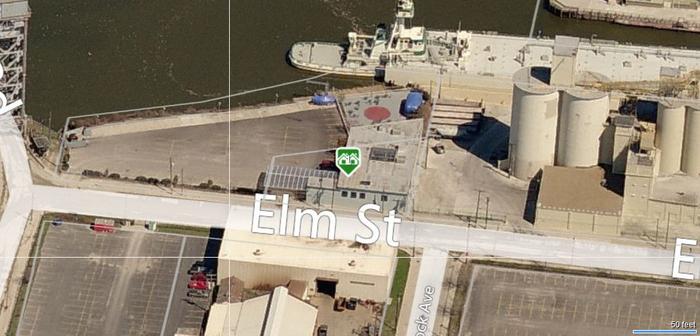
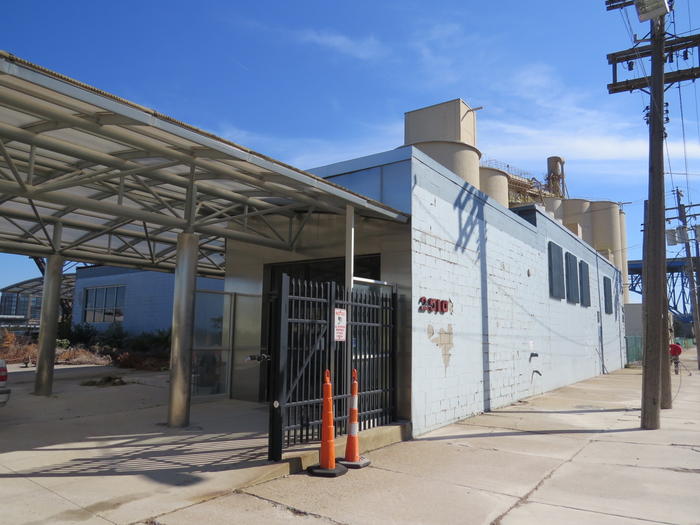
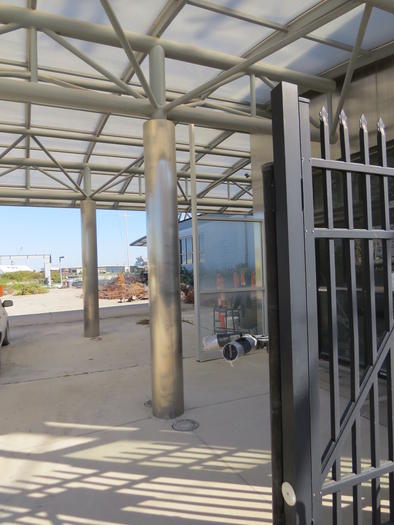
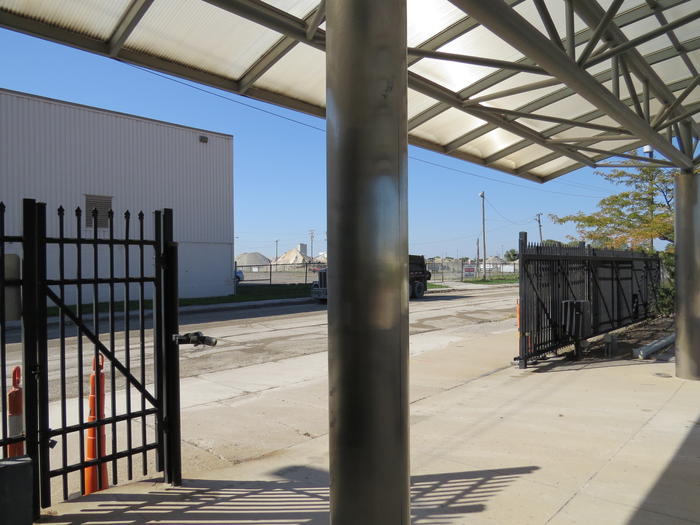
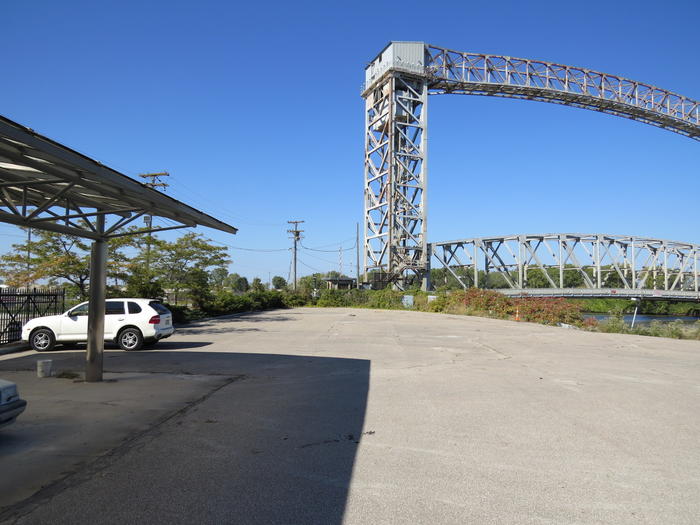
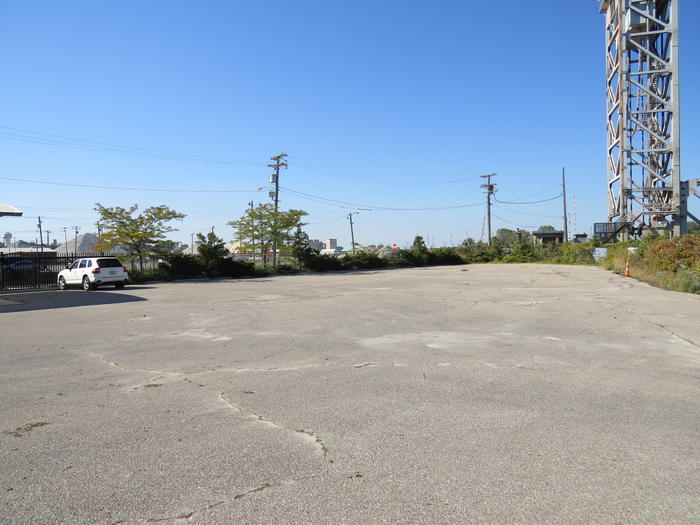
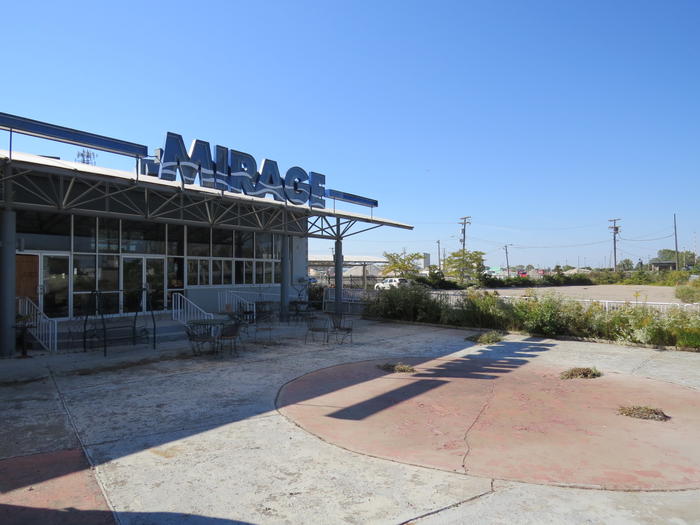
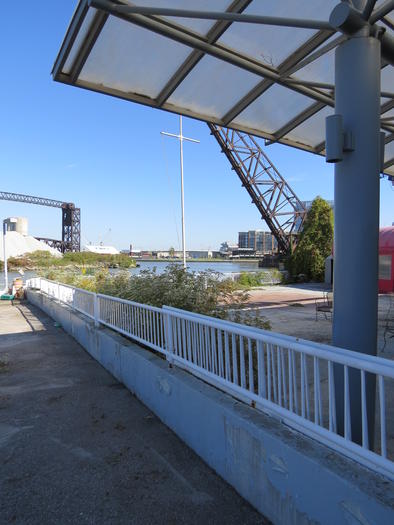
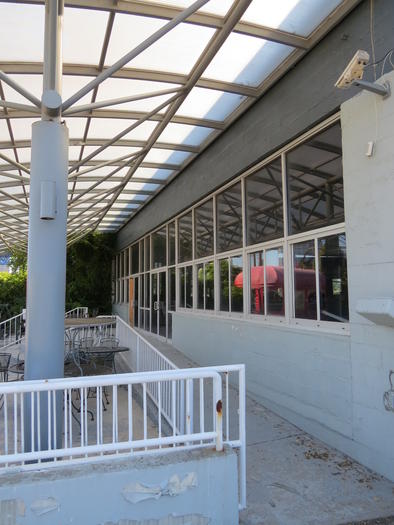
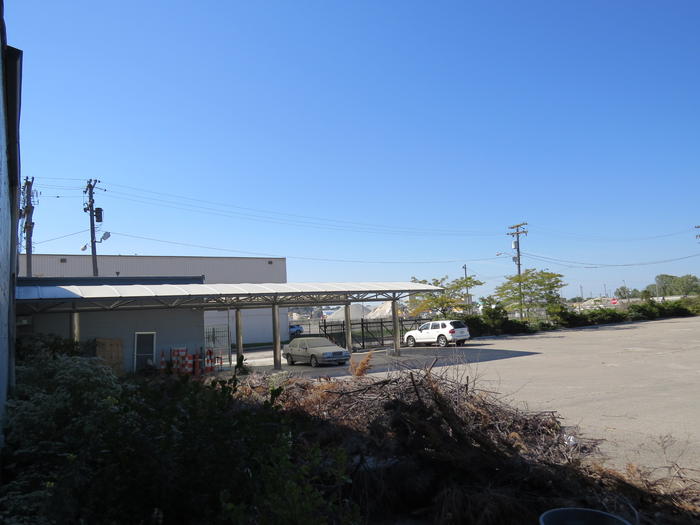
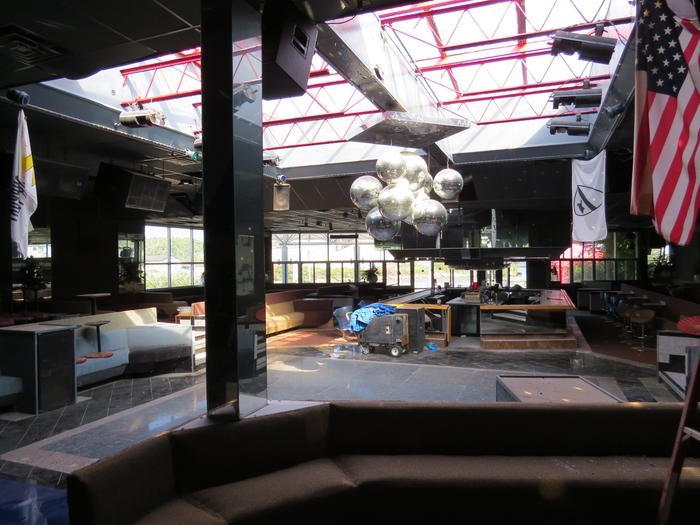
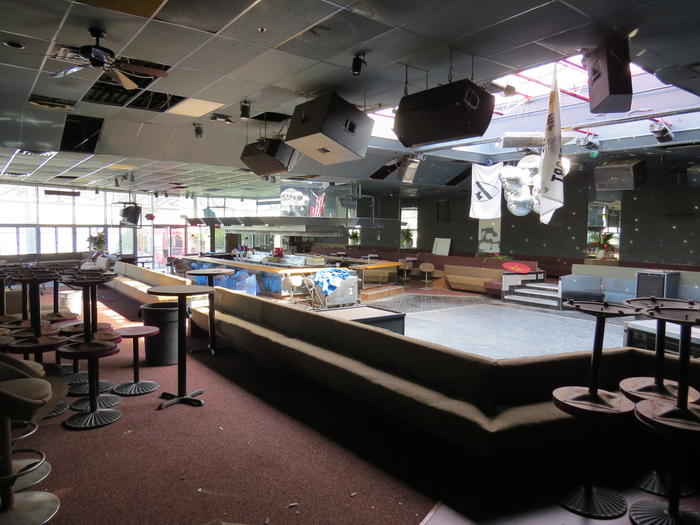
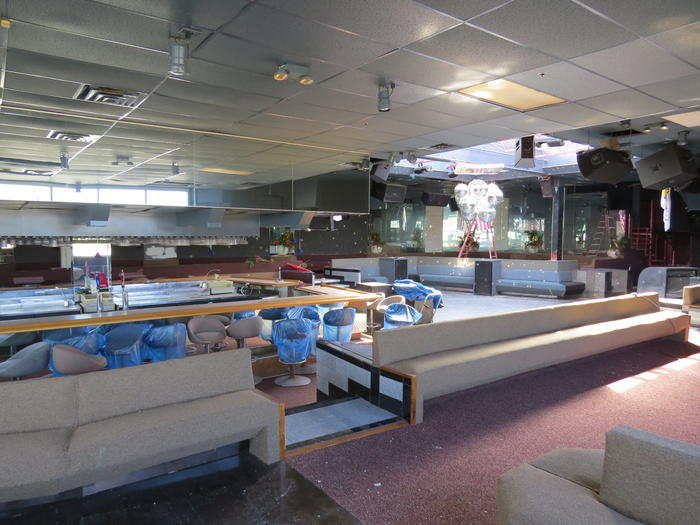
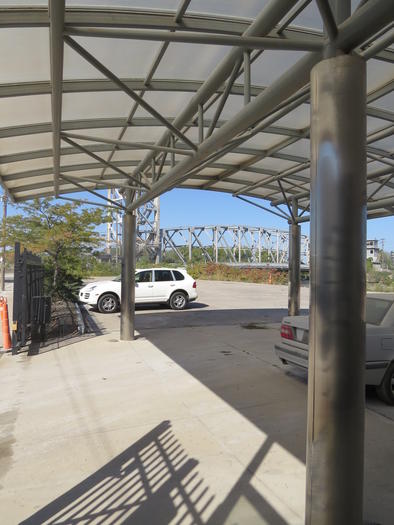
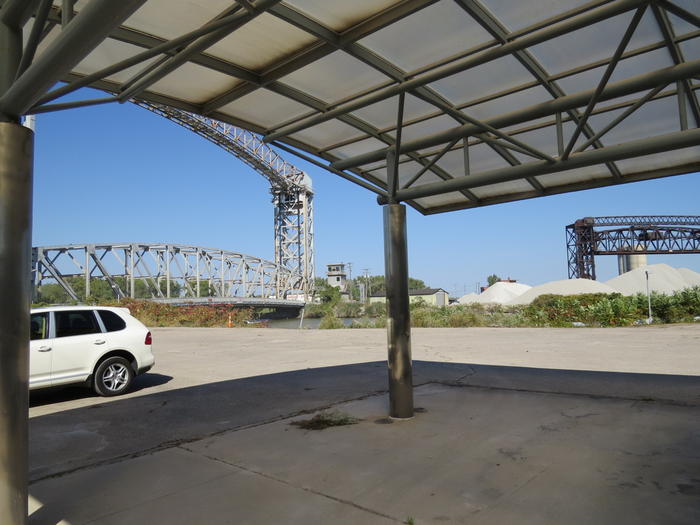
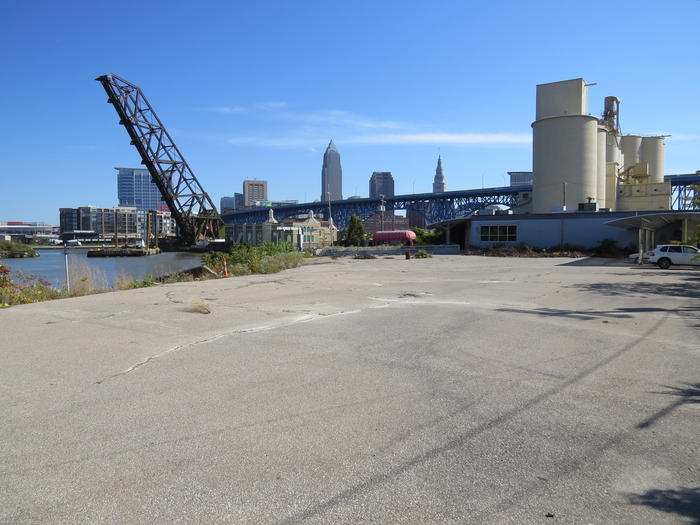
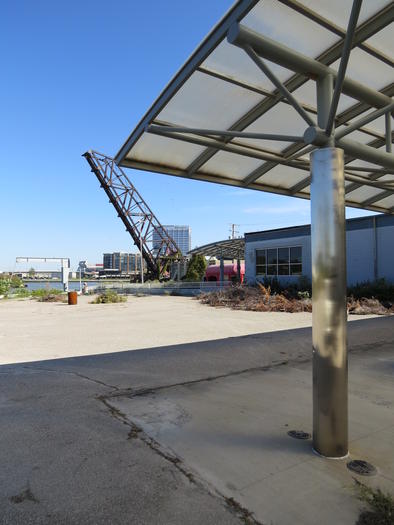
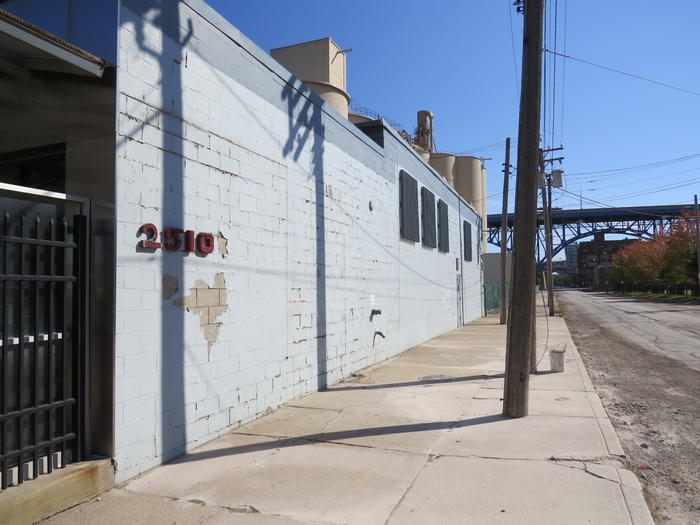
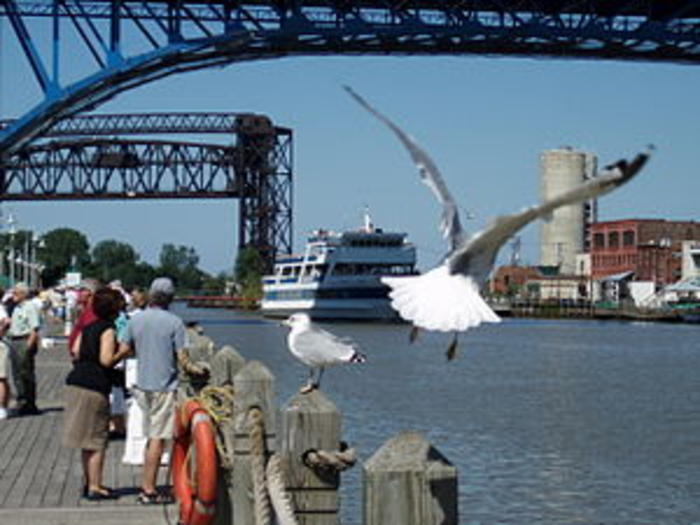
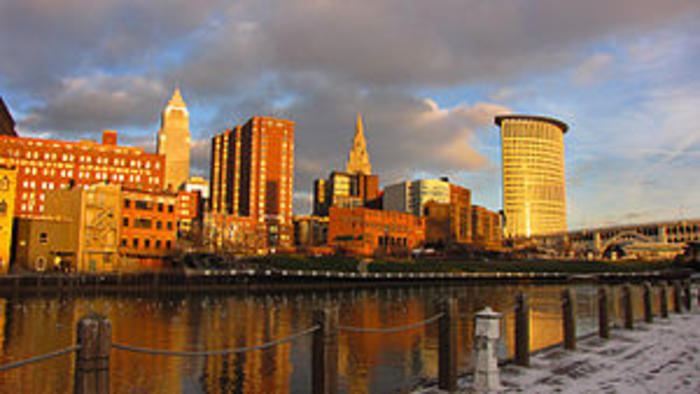
























 Equal Housing Opportunity |
Equal Housing Opportunity |